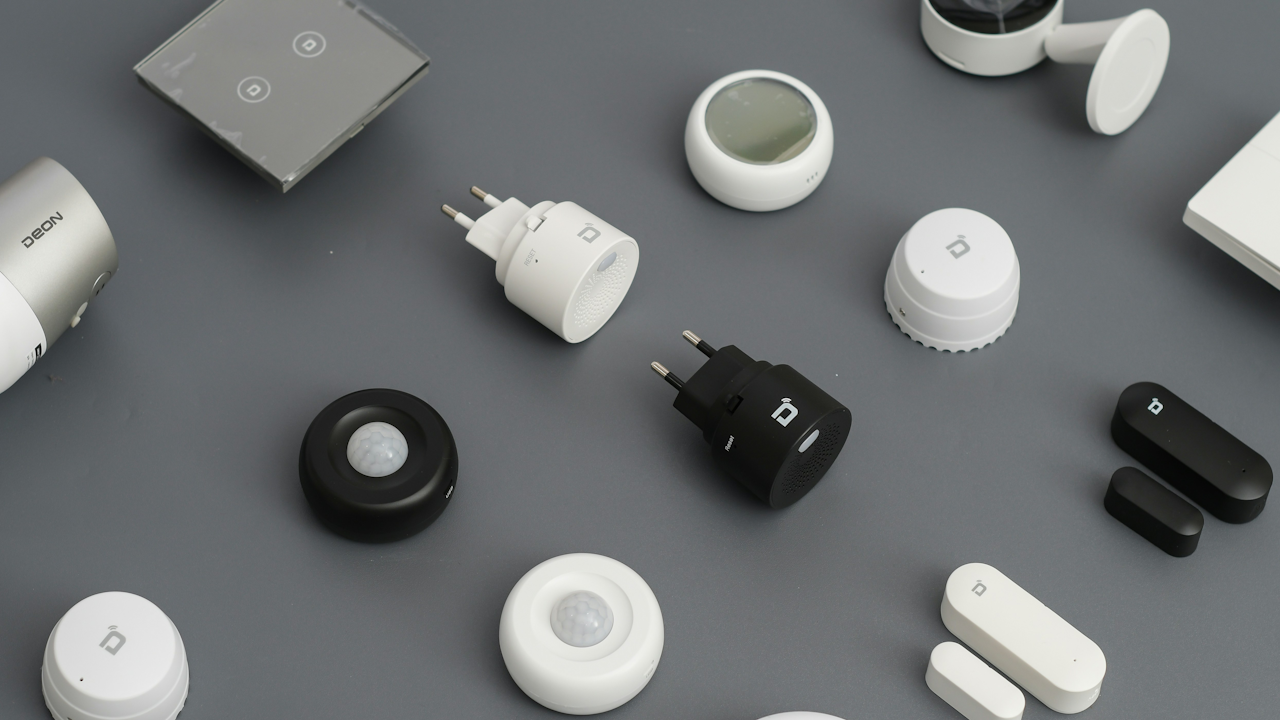The concept of a “smart home” has evolved rapidly, transforming from a futuristic fantasy into a present-day reality. In 2025, smart homes are no longer a novelty but an increasingly integral part of modern living. This surge in popularity is driven by the promise of enhanced convenience, security, energy efficiency, and personalization.
Defining the Smart Home
A smart home is a residence equipped with internet-connected devices and systems that can be remotely monitored and controlled. These devices span various categories, including lighting, heating, security, entertainment, and appliances. The central nervous system of a smart home is often a hub or platform that allows these devices to communicate with each other and be managed through a smartphone app, voice command, or automated routines.
Key Drivers of Smart Home Adoption
Several factors have contributed to the rise of smart homes:
- Increased Internet Penetration: The widespread availability of high-speed internet is a fundamental requirement for smart home technology. As internet access expands globally, so does the potential market for smart homes.
- Advancements in Technology: Continuous innovation in areas like artificial intelligence, machine learning, and the Internet of Things (IoT) has led to the development of more sophisticated and affordable smart home devices.
- Growing Consumer Awareness: As smart home technology becomes more mainstream, consumers are increasingly aware of its benefits and are actively seeking ways to integrate it into their lives.
- Demand for Convenience and Efficiency: In today’s fast-paced world, people are looking for solutions that simplify their daily routines and help them save time and money. Smart homes offer a way to automate tasks, optimize energy consumption, and manage various aspects of the home remotely.
- Enhanced Security Concerns: With growing concerns about home security, smart home systems that offer features like remote monitoring, smart locks, and alarm systems are becoming increasingly attractive to homeowners.
Core Components of a Smart Home
A typical smart home comprises several key components:
- Smart Devices: These are the individual units that perform specific functions, such as smart lights, thermostats, locks, cameras, and appliances.
- Connectivity: This refers to the network infrastructure that connects all the smart devices, typically through Wi-Fi or other wireless protocols.
- Control System: This is the central platform, often a smartphone app or voice assistant, that allows users to interact with and manage all the connected devices.
- Automation and AI: Many smart home systems incorporate automation features that allow devices to respond to pre-set rules or learn user preferences over time, thanks to AI and machine learning algorithms.
Benefits of Living in a Smart Home
The advantages of a smart home are manifold:
- Convenience: Automate tasks like turning on lights, adjusting the thermostat, or starting appliances remotely, saving time and effort.
- Energy Efficiency: Optimize energy usage with smart thermostats, lighting, and appliances that can learn your habits and adjust accordingly, leading to lower utility bills.
- Enhanced Security: Monitor your home remotely with smart cameras, locks, and alarm systems, receiving real-time alerts of any suspicious activity.
- Personalization: Customize your home environment to your preferences, with smart lighting that can change color and intensity, and entertainment systems that can be controlled with voice commands.
- Accessibility: Smart home technology can make daily tasks easier for the elderly or those with disabilities, with voice control and automation features.
Challenges and Considerations
While the rise of smart homes is undeniable, there are also challenges to consider:
- Cost: The initial investment in smart home devices and systems can be significant, although prices are becoming more competitive.
- Privacy and Security: With more devices connected to the internet, there are concerns about data privacy and the potential for hacking or unauthorized access.
- Interoperability: Ensuring that devices from different manufacturers can communicate seamlessly can be challenging, although industry standards are evolving to address this issue.
- Complexity: Setting up and managing a smart home system can be complex for some users, requiring technical knowledge or professional assistance.
The Future of Smart Homes
The future of smart homes looks promising, with ongoing advancements in technology and increasing consumer adoption. Some key trends to watch include:
- AI and Machine Learning: Smart homes will become more intuitive and proactive, anticipating user needs and automatically adjusting settings based on learned preferences.
- Voice Control: Voice assistants will become even more integrated into smart home systems, allowing for seamless hands-free control of all devices.
- Integration with Other Technologies: Smart homes will increasingly integrate with other technologies, such as renewable energy systems, electric vehicles, and healthcare devices.
- Enhanced Security Features: Advanced security measures will address privacy concerns and protect smart homes from cyber threats.
Smart homes are transforming the way we live, offering a glimpse into a future where technology seamlessly integrates with our daily routines. While challenges remain, the benefits of convenience, security, energy efficiency, and personalization are driving the widespread adoption of smart home technology. As technology continues to evolve and prices become more accessible, smart homes will become an even more integral part of modern living in the years to come.

